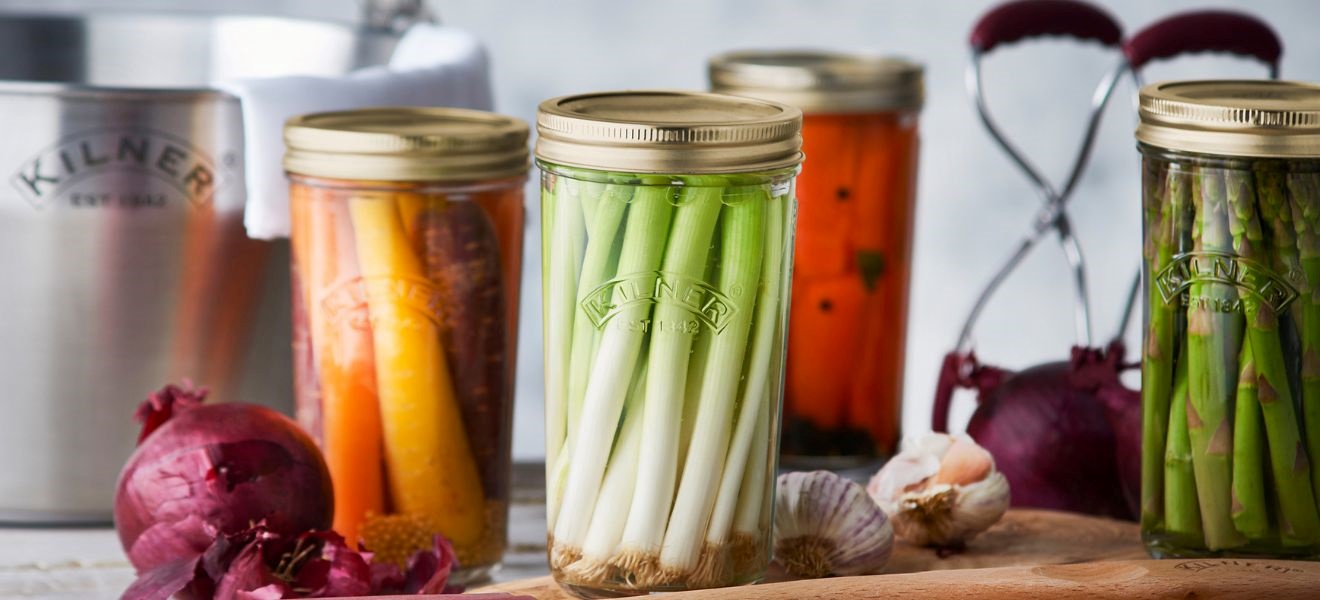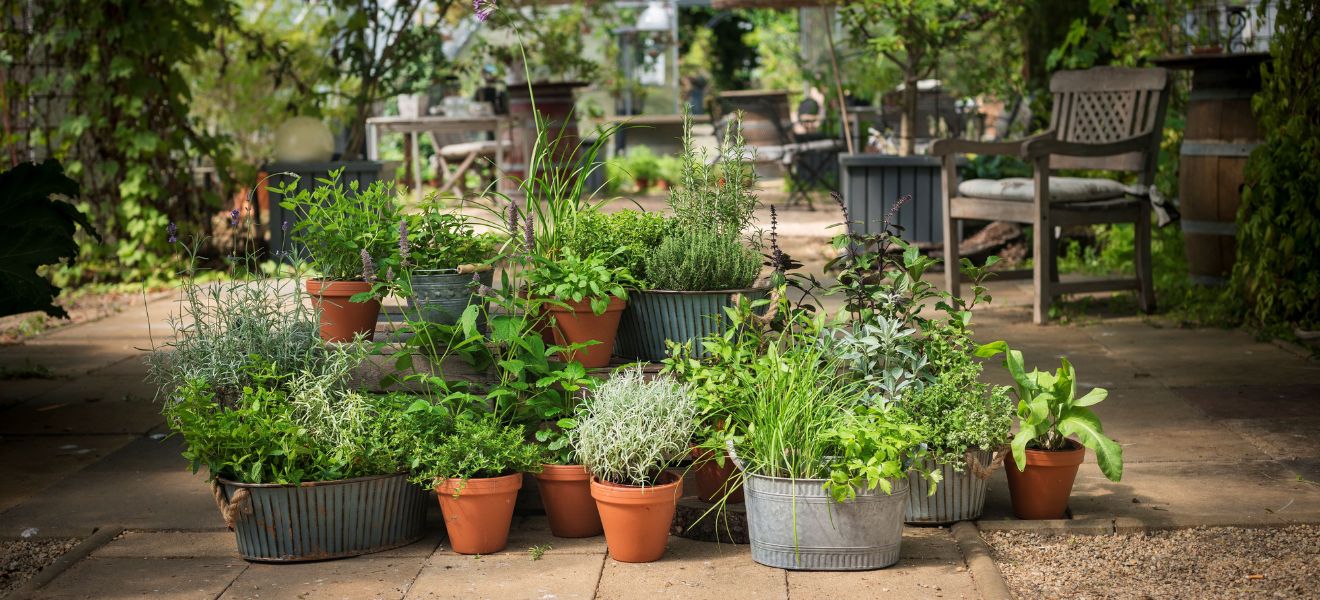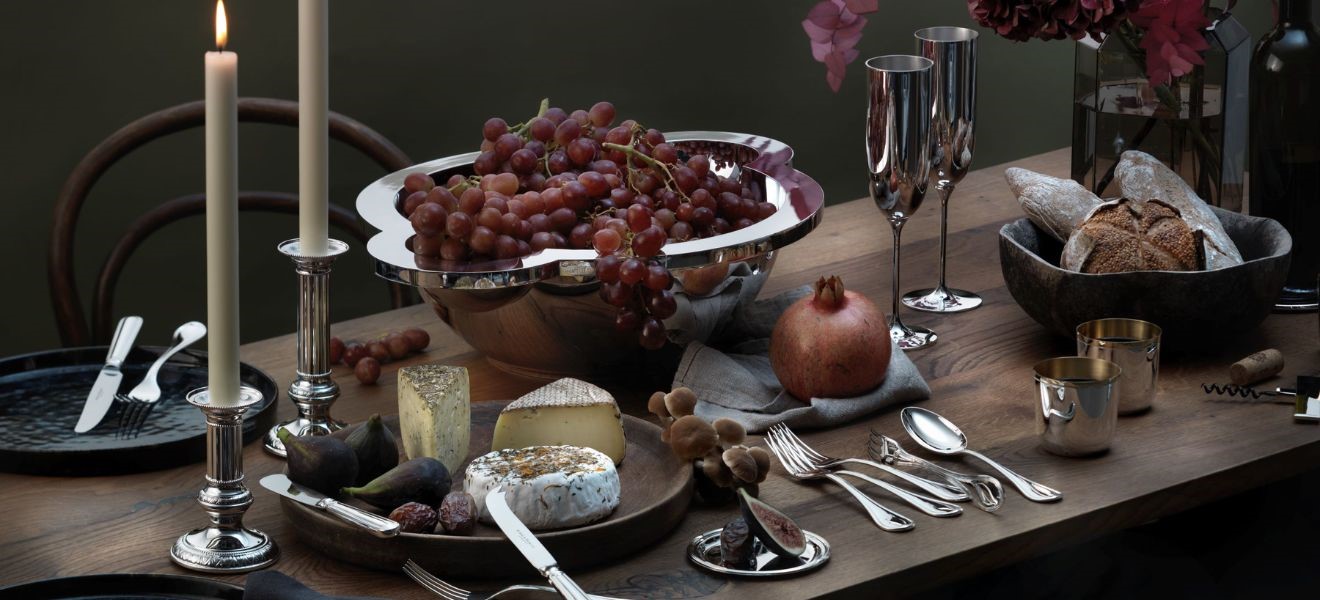A sandwich wrapped in foil is so yesterday. Today, urban picnickers and zero-waste fans bring their own home-made snacks and purchases to ensure a completely clear conscience. Beeswax wraps and compostable carry nets are here to stay – and are genuine, everyday alternatives to plastic. Bento boxes for the office, inspired by the Japanese lunch carrier, are typically divided into several compartments. These make a great addition to more traditional snack and sandwich boxes. We also want more insulated mugs and mason jars in our lives, as a further statement for sustainable living. And what’s more, exciting new lunch boxes for healthy food and takeaway transporters boast ever more features, in on-trend colours. Discover your new favourites – to go.
Handbag or lunch box?
The standard modern lunch box will often have a variety of different-sized compartments and be held together with brightly coloured rubber or silicone. Within these basic principles, designers have a lot of room to manoeuvre, to play with different ideas. We were charmed by new-style carriers which are emerging into deeply fashionable territory – like this one by Alessi, which may become a cult classic. ‘Food à porter’ is a three-layered box made from thermoplastic resin. Shown here in blue, it looks like a fashion handbag and it acts like one too, with removable silicon bands for easy carrying. Outside office hours, its big sister – a cool bag by Corkcicle – is certainly eye-catching.


The traditional miner’s snap tin has also undergone a design revolution. It’s remarkable how this practical metal lunch box has blossomed into something new. Now reworked as a stylish insulated container, sometimes without a handle, it may have double stainless steel walls or be microwaveable. These boxes are great whatever the weather and will keep your lunch at a constant temperature.

Here’s to a long life! Boxes do more
Nowadays there’s a takeaway box for every fresh food and every snacking situation. Bread-shaped boxes by Tatay can telescopic to the length of your sandwich baguette, while drinking flasks by Fratelli Guzzini pack extra flat, so they’re ideal companions for your mountain hike. We love this fruit-and-veg pot from Mepal, with its built-in drainer for rinsing your healthy treats in water. A handy click-together fork is included so you can keep your hands clean. It’s great that so many of these solutions for eating on the go are available in blue. This on-trend colour’s refreshing and energising effects are in great demand.



These lunch boxes really go to town with the modular idea. While French designer Margo Clavier captures all the flavours of your dish with a removable domed lid, the ‘Foldeat’ Kickstarter campaign focuses on a modular lunch box system wrapped in a fold-out eating mat rather than a rigid box. Just unroll to reveal an array of ingenious eating features, including many small compartments. We’ve noticed that each of these new-generation lunch boxes takes clever design a step further in terms of storage space and gadgets. There are sieves, cool packs, tiny add-in tubs for toppings and strictly separate sections for salad dressings built into the lid: everything works to keep your food fresh and appetising until it’s time to eat.


Hello, meal prep! Goodbye, plastic!
Preparing meals ahead of time? It’s a trend among sports enthusiasts and office workers, but in fact preparing and cooking in advance is nothing new. You can make healthy food for several days or even a whole week at a time, so your favourite lunches are all ready to take to work each day. This saves time, money and of course a lot of disposable packaging. Once you have the basic lunch boxes, glass jars and pots, you can reuse them again and again, helping the environment. Many meal preppers want to avoid using plastic altogether, so it’s good to know that there’s now a wide range of alternative materials available which can hold their own in terms of keeping food fresh and leakproof. Glass boxes, stainless steel drinking bottles and toxin-free borosilicate glass jars from Flaschenland are already considered classics. Sandwich boxes made from bamboo and sustainable wood have also been around for a while now. They clip and snap shut to keep the contents safe or can be secured using environmentally certified rubber bands. As a practical plus, the wooden lid of this bamboo box by chic mic can double as a chopping board. And while Asa’s top-quality insulated cup is a bit heavier because it’s made of porcelain, this has got to be one of the more stylish ways to drink your favourite coffee. You can also freeze or microwave it at home.
Some of you might not be ready to abandon plastic completely, and the good news is it can be made more environmentally friendly. Take Tritan, a transparent, heat-resistant drinking bottle material: it’s made without plasticisers such as BPA that are often found in disposable bottles, and which have been linked to hormone and endocrine disruption in humans. Another eco-friendly material is Koziol plastic, which uses a thermoplastic material made from cellulose fibres and is fully recyclable. Plastics like these which do not contain toxins are certainly better suited to a future of sustainable consumption. Reusable food containers and lunch boxes are a great way to reduce our mountains of waste and a daily reminder of how to eat with awareness and pleasure. The inspirational multitasking water bottle from Lekue features an active charcoal filter made from coconut shells. Each filter can purify up to 150 litres of water: just imagine the alternative, with waste from 150 disposable bottles!


In good company: the future is zero waste
First came shops selling loose goods without packaging – and often without any use of plastic at all. These stores increased the demand for organic cotton or jute carry bags, as well as fashionable cool bags such as this one from Reisenthel. Now, new zero-waste cafés are also opening in our towns and cities, full of idealism and free from waste. In Germany, it all began in the Karolinenviertel area of Hamburg, home to the country’s first zero-waste café. It is run by Ina Choi-Nathan and Alana Zubritz who have named it ‘In guter Gesellschaft’ (English: In good company)! They make sure waste is largely restricted to paper, cardboard and compostable food waste. They even recycle menus, using them as notepads or order sheets. The kitchen staff make almost everything from scratch including soups, vegan plant milk, cakes and sandwich fillings. If you glance around the cosy eating area, you’ll come across metal drinking straws, cloth napkins and a small range of non-toxic cleaning products based on vinegar and baking soda.



Zero waste is a possibly unfamiliar lifestyle we can all learn more about in places such as this. Indeed, there seems to be a transformation in society as we seek to change the way we use resources – especially plastic. If we do use plastic, we now often try to reuse it and avoid types that contain toxic chemicals. Conserving resources often begins with small steps – and where better to start than at lunchtime, with trusty lunch boxes to keep and drinking bottles to go.










